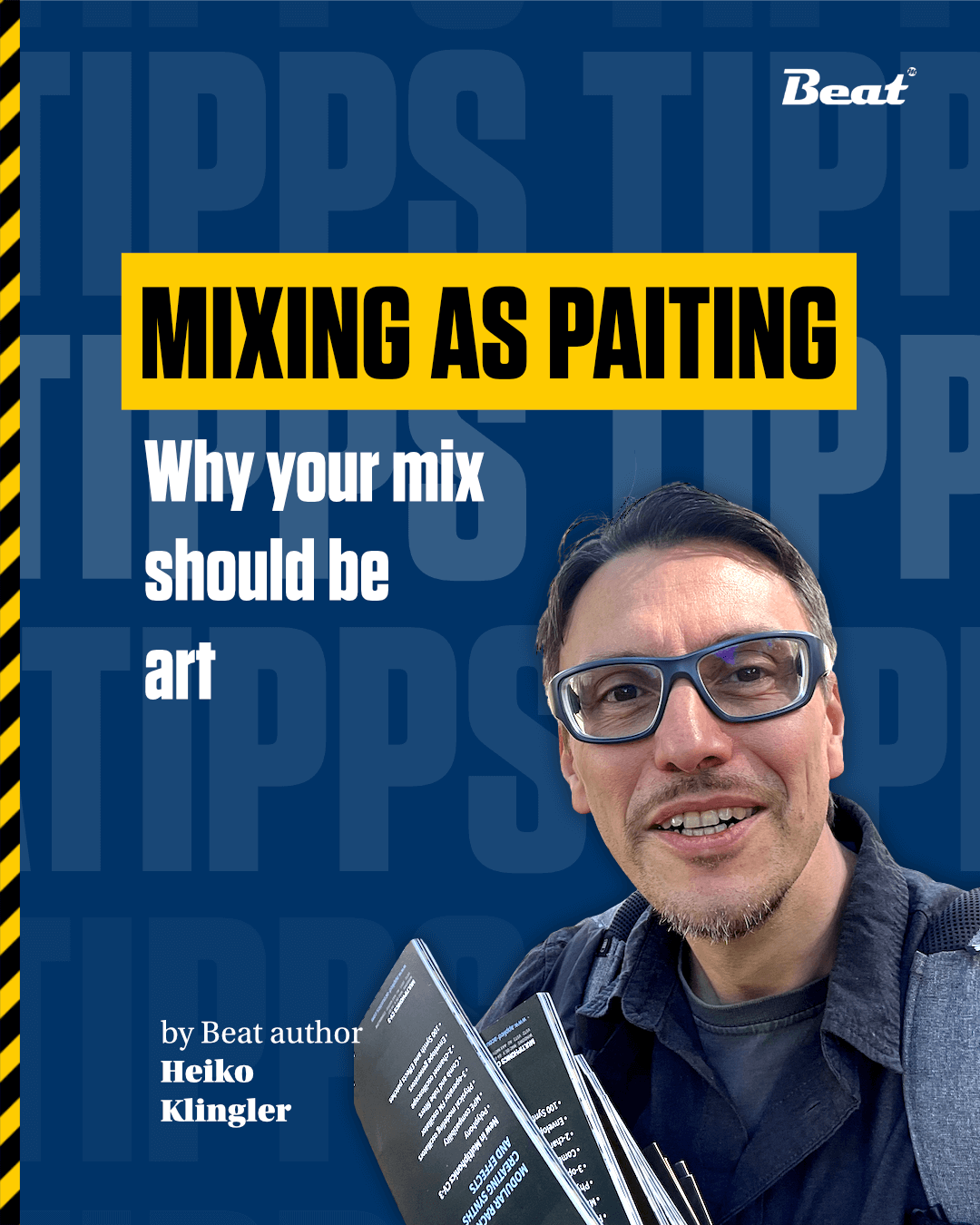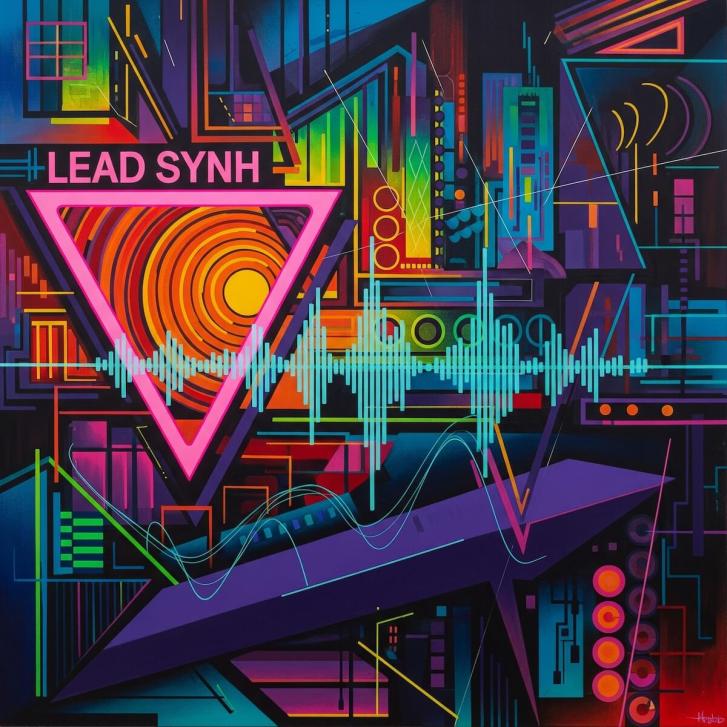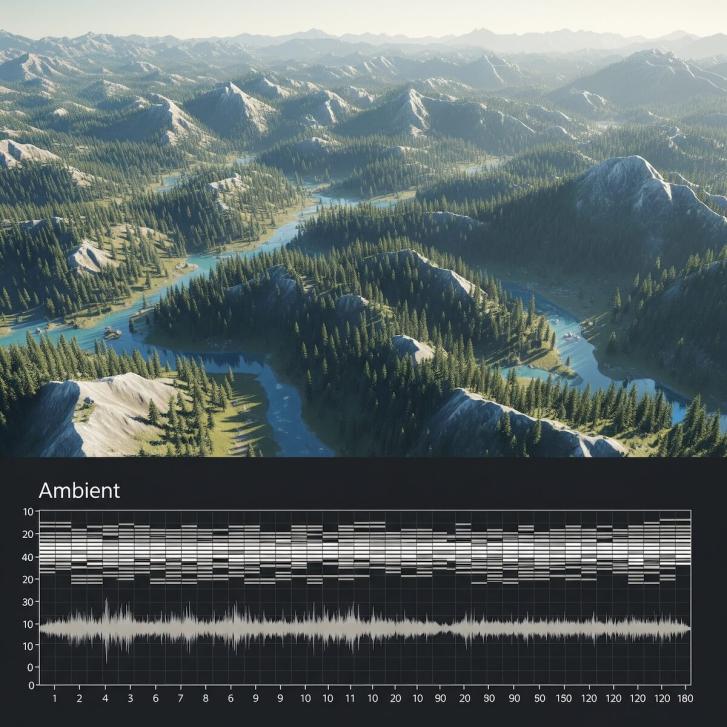Why your mix should be structured like a work of art

Intuition over technique: An alternative approach to natural mixdowns
Let‘s hypothesize: When you look at a picture, you don‘t immediately think about paint buckets and color palettes, do you? When you listen to music, you don‘t immediately think about equalizers and compressors either. Instead, you see the picture and notice where certain objects are located. You hear the music and listen to where each sound element is placed. And that‘s exactly what mixing music is all about: listening and understanding the placement.
Detailed work with equalizers and compressors is undoubtedly important, but it‘s secondary. First, it‘s important to listen - or rather, to see - what‘s actually there. In a painting, every object needs its place, just like every sound element (instrument) in music.

Composition in color and sound:Genres as styles
In painting, there are different approaches to placing objects. Well-known disciplines include portraiture, landscape painting, and cubism. The same applies to music: pop songs, ambient, techno, and many other genres have their own compositional principles.Each of these disciplines has specific approaches: mixing an ambient piece would proceed differently than mixing a minimalist acid techno track or a catchy pop song.
This raises the conceptual question: What distinguishes a portrait painter from a landscape painter? Or, applied to music: What makes a pop producer different from an ambient musician?
A pop song places the person being portrayed—for example, the lead vocals—clearly in the foreground, on a separate level, clearly separated from the background. The ambient musician, on the other hand, is the „background king“: many elements are presented in detail on a large, expansive level as a soundscape. How can these different levels be expressed in sounds?

Layers and focus: The architecture of the mix
In portraiture, loudness and presence create a boundary. The lead vocal in a pop song is recurring and usually the loudest. Its volume sets it apart from other instruments, which are perceived as background—until perhaps another „portrait“ is presented in the song, such as a guitar solo or a lead synth. Layers can also be separated by frequencies: In beat-heavy music, the drums often form the proverbial foundation, a frequency framework:
- Lows: The kick drum (often in the range of approximately 50-80 Hz) creates the foundation.
- Mids: The snare drum (with distinctive elements around 200-400 Hz and an attack at 2-5 kHz) defines the beat.
- Highs: The hi-hats (in the range of 8-12 kHz) provide sparkle and rhythm.
Levels in between can be filled with brass sections (often in the mid to upper mids around 1-4 kHz), strings (broadly spread, but often prominent in the upper mids and highs), or other instruments.
Here‘s how to assess the mix‘s canvas: Maintain creative freedom
Painters and musicians like to group scenes together. For example, if the painter has painted a basket of fruit and this scene is coherent, they can focus their attention on other elements. This is crucial to avoid getting lost in the details. It also makes sense for the musician to group instrument groups together as a unit to maintain an overview. A drum set consisting of kick, hi-hat, snare, and percussion, for example, can be viewed as a unit. This unit should sound coherent and good. If this isn‘t the case—for example, because the kick is too loud or its frequencies don‘t match the other sounds in its group—then the whole scene isn‘t right: the proportions of the scene aren‘t yet harmonious. However, if the scene sounds passable, work continues on to the next scene: the saxophone, the acid line, the synth bass, and so on.

Assess the canvas of the painting: „The drums don‘t have to sound great to begin with—passable is enough for now.“ Why? Shouldn‘t everything sound nice and „fat“? Yes—and no. A painter who illuminates a scene with numerous effects and initially applies them too „heavily“ will end up with less space in the picture and thus, literally, less creative freedom. However, if you know at the beginning that you want to paint with a broad brush, you must be aware that you will later have less space for additional, perhaps more delicate scenes.
So you have to consider which scenes on the canvas or in your piece of music should interact with each other and how much space you want to allocate to each scene. This conscious use of „space“ in your mix is the key to a natural and balanced sound result.
Want more? Get more!



Subscribe to the digital edition of BEAT Magazine via Plugins-Samples.com and get more gear, in-depth workshops, reviews and 11 GB exclusive plugins and new sounds with every monthly issue!
Subscribe to Beat Magazine for only 4.99€ per month
